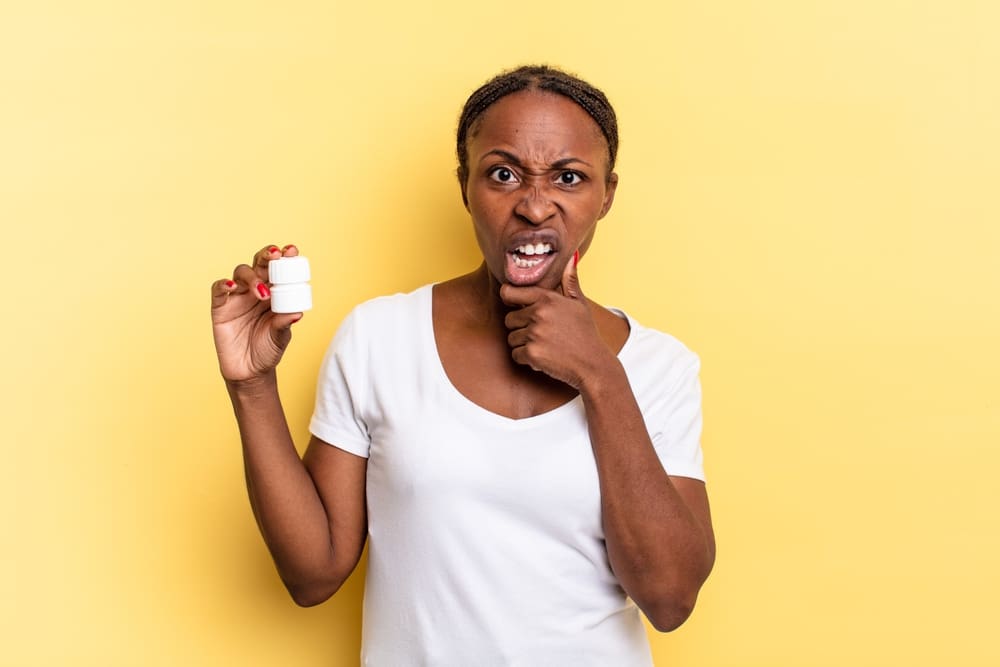Fever blisters, also known as cold sores, are a common annoyance caused by the herpes simplex virus (HSV-1). These clusters of small, fluid-filled blisters typically appear on the lips or around the mouth, causing discomfort and sometimes embarrassment. While there’s no cure for HSV-1, several natural remedies can help soothe the pain, shorten healing time, and potentially reduce the frequency of outbreaks.
Understanding Fever Blisters: Causes and Symptoms
Fever blisters are triggered by the herpes simplex virus, which can remain dormant in the body after an initial infection. Various factors can trigger an outbreak, including:
- Stress
- Sun exposure
- Illness
- Fatigue
- Menstruation
- A weakened immune system
The telltale signs of a fever blister outbreak often appear in a predictable pattern:
- Tingling or itching: The area around the lips may tingle or itch for a day or two before the blisters appear.
- Blister formation: Small, fluid-filled blisters erupt on the lips or around the mouth.
- Ulceration: The blisters may break open, forming small ulcers that can be painful.
- Crusting and scabbing: The ulcers eventually crust over and scab, gradually healing over several days.
While fever blisters are typically harmless and clear up within a week or two, natural remedies can offer relief and potentially speed up healing.
Natural Relief for Fever Blisters: Soothing Strategies
Here are some natural remedies you can try to manage fever blisters and ease discomfort:
- Ice: Apply ice wrapped in a clean cloth to the affected area for 10-15 minutes, several times daily. The cold temperature can help reduce inflammation and provide temporary pain relief.
- Lemon balm: Lemon balm (Melissa officinalis) has shown promise in studies for its antiviral properties against HSV-1. You can apply a topical lemon balm cream or ointment to the blisters or consider taking lemon balm supplements (consult your doctor before using).
- L-lysine: This amino acid may help shorten the duration of a fever blister outbreak. L-lysine is available as a supplement, but it’s important to consult your doctor before starting any new supplements, especially if you have any underlying health conditions.
- Zinc: Topical zinc oxide cream may help shorten the healing time of fever blisters. Look for a cream with at least 10% zinc oxide concentration.
- Honey: Honey, particularly Manuka honey, has natural antibacterial and antiviral properties that may promote healing. Apply a small amount of honey to the blister several times daily.
Important Note: While these remedies are generally safe for most people, it’s always a good idea to consult a doctor before using any new product, especially if you have a weakened immune system, are pregnant, or are breastfeeding.
Lifestyle Modifications for Fever Blister Prevention
In addition to natural remedies for managing outbreaks, certain lifestyle practices can help reduce the frequency and severity of fever blisters:
- Stress management: Stress is a common trigger for fever blisters. Techniques like meditation, yoga, or deep breathing exercises can help manage stress and potentially reduce outbreaks.
- Sun protection: Sun exposure can trigger outbreaks. Use a lip balm with SPF 30 or higher to protect your lips from harmful UV rays.
- Adequate sleep: Getting enough sleep is essential for a healthy immune system, which can help ward off outbreaks.
- Balanced diet: Eating a balanced diet rich in fruits, vegetables, and whole grains can help support overall health and potentially reduce the frequency of outbreaks.
- Avoid triggers: Identifying your triggers, such as certain foods or medications, and avoiding them can help prevent outbreaks.
By incorporating natural remedies and preventive measures into your routine, you can take charge of your fever blisters and experience fewer outbreaks and faster healing times.
When to See a Doctor for Fever Blisters
While most fever blisters clear up on their own within a week or two, there are situations where it’s best to consult a doctor:
- Severe outbreaks: If your fever blisters are unusually severe, widespread, or accompanied by fever, consult your doctor.
- Prolonged healing: See a doctor if your fever blisters persist for over two weeks without improvement.
- Vision problems: If you experience eye pain or vision problems during a fever blister outbreak, seek immediate medical attention.
- Weakened immune system: If you have a weakened immune system due to a chronic illness or medication, consult your doctor before using natural remedies for fever blisters.
By following these tips and consulting your doctor when needed, you can manage fever blisters effectively and experience relief from their discomfort. Remember, while there’s no cure for HSV-1, natural remedies and lifestyle modifications can offer significant benefits.
Here are some additional tips for managing fever blisters:
- Maintain good hygiene: Keep the affected area clean and dry to prevent secondary infection. Wash your hands gently with soap and water before touching the blisters.
- Avoid touching or picking: Picking at the blisters can prolong healing and increase the risk of scarring.
- Use lip balm: Apply a moisturizing lip balm regularly to prevent dryness and cracking, which can irritate the blisters.
- Drink plenty of fluids: Staying hydrated can help prevent the blisters from drying out and cracking, promoting faster healing.
Disclaimer: The information provided in this article is for informational purposes only and should not be construed as medical advice. Always consult a qualified healthcare professional before using any natural remedies or changing your diet or lifestyle, especially if you have any underlying health conditions.
Combining natural remedies with a healthy lifestyle and consulting your doctor when necessary can effectively manage fever blisters and minimize their impact on your daily life. Remember, knowledge is power! By understanding the causes and triggers of fever blisters, you can take proactive steps to prevent outbreaks and experience relief from discomfort when they do occur. So, the next time you feel an itch around your lips, don’t despair. With the right approach, you can manage fever blisters naturally and effectively.
This story was created using AI technology.















